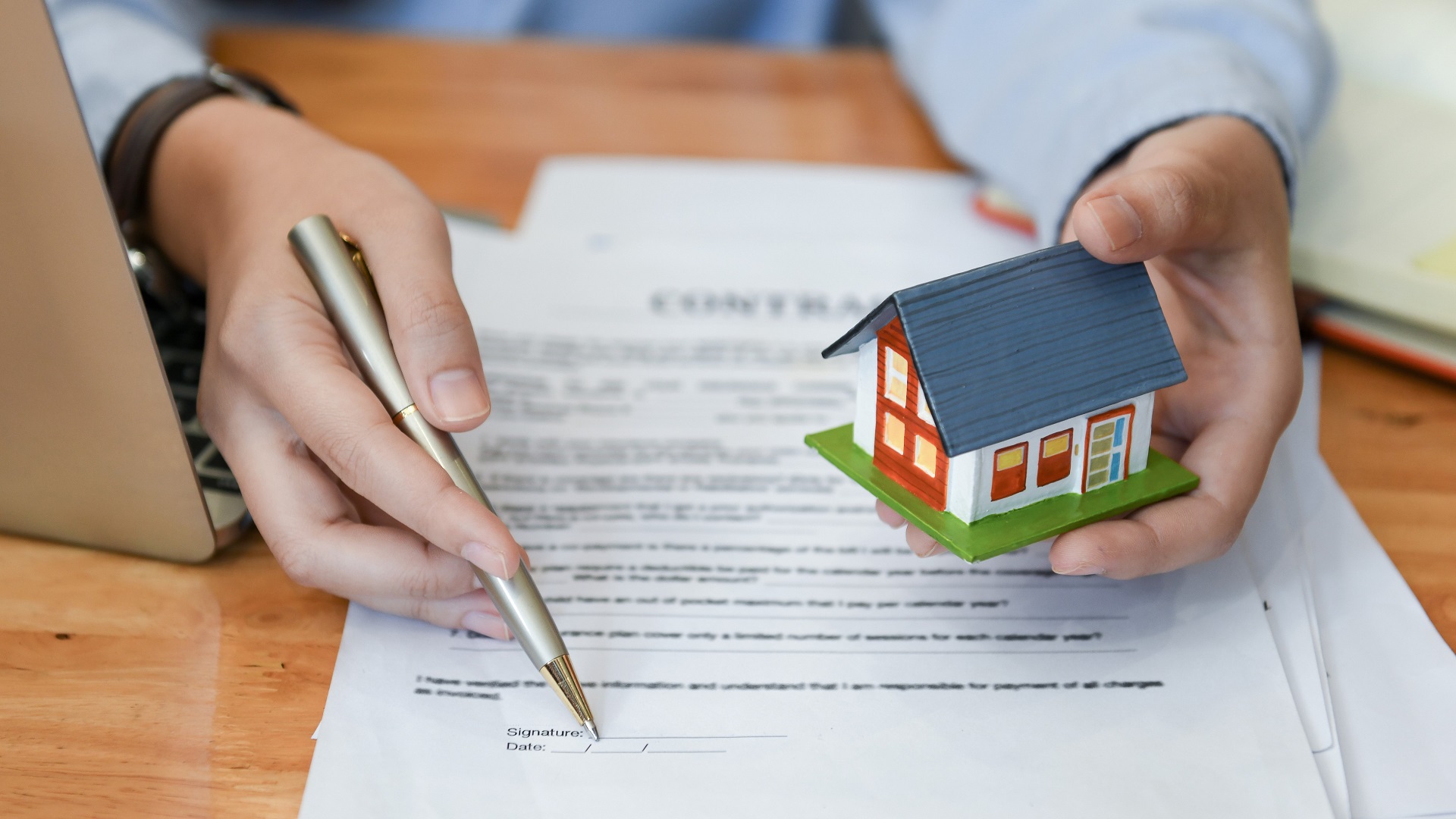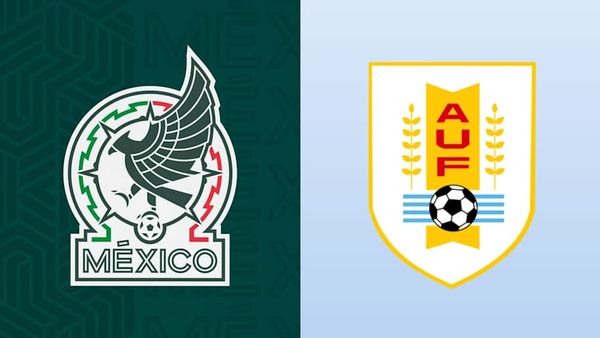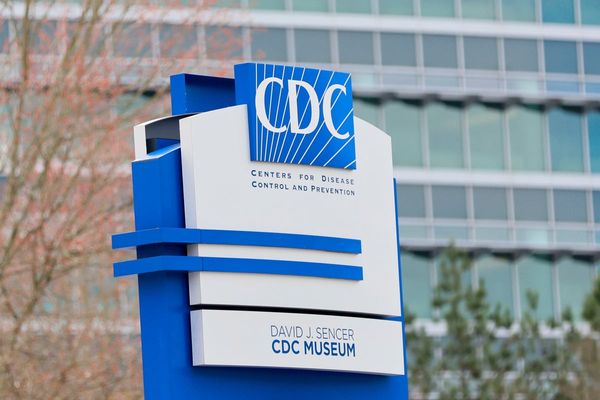
Housing unaffordability is near record highs in America, making it essential that you understand the full cost of buying a home. Unfortunately, most “unaffordability indexes” usually don’t incorporate the total cost of buying a home, instead focusing on how much money you’d have to earn to comfortably afford your mortgage payment.
As these costs can easily run tens of thousands of dollars, or even more, it’s critical that potential homebuyers incorporate them into their planning. Here are the major expenses that you shouldn’t overlook.
Check Out: 7 Reasons You Should Wait To Buy a Home Amid Tariff Uncertainty
Read Next: Mark Cuban Tells Americans To Stock Up on Consumables as Trump's Tariffs Hit -- Here's What To Buy
Closing Costs
Closing costs are the biggest immediate cost of buying a home, after your down payment. Closing costs typically include a long list of various fees for licenses, documentation and other paperwork-related expenses. Here’s a list of what you’re commonly expected to pay as a buyer, according to Realtor.com:
- Application fee
- Appraisal fee
- Attorney fees
- Buyer’s agent commission
- Credit report fee
- Escrow fees
- Inspection fee
- Loan origination fee
- Prepaid property taxes and homeowners insurance
- Processing fee
- Recording fees
- Title search and insurance
- Underwriting fee
As a buyer, Realtor.com says you can expect to pay roughly 2% to 7% of the cost of your home for closing costs. This means that if you’re buying a $450,000 home, you should expect your closing costs to tack on another $9,000 to $31,500.
Property Tax
Property tax is a large, ongoing expense that many homebuyers — especially first-timers — fail to consider when looking at the price of a home.
According to Business Insider, property taxes in 2024 ranged from a low of 0.32% in Hawaii to a high of 2.23% in New Jersey. If you use 1% as an estimate of your annual property tax, that means you’ll pay an extra $4,500 per year on a $450,000 home. If you buy a $3 million mansion in New Jersey, you’ll owe closer to $67,000, or more than $5,000 per month. This is in addition to your monthly mortgage and all of your other housing expenses.
Insurance
Although homeowners insurance isn’t mandatory, you’d be foolish to own a home and not insure it. Most lenders feel the same way, meaning it’s all but impossible to get a home loan without having homeowners insurance as well. This typically adds between about $1,000 and $3,300 per year to your home expenses, according to Progressive.
Additionally, if you don’t put up 20% of your home’s cost as a down payment, you’ll have to pay private mortgage insurance, or PMI. This is to protect the lender in the event of your default. PMI typically adds 0.58% to 1.85% of your loan amount to your monthly mortgage payment, according to Zillow. If you have a $400,000 mortgage and you’re subject to PMI, for example, expect to pay $2,320 to $7,400 for PMI annually. This tacks on roughly $193 to $617 to your monthly mortgage payment.
HOA Fees
HOA fees are more common with condominium complexes or townhouses, but many single-family houses have them as well, especially in planned communities. HOA fees may run from a few hundred to a few thousand dollars per month.
Moving Expenses
Many new homebuyers overlook the cost of actually moving into a new home. Although this is a one-time cost, it could run anywhere from $500 to $9,000 or more, according to This Old House. The wide price range is due to there being so many variables in moving, from your distance to the size of your new home and the amount of possessions you have.
Upgrades
Even if you buy your dream home, you’re likely going to want to make some changes once you move in. These could range from small items like updating electrical outlets and fixtures to complete renovations of floors, bathrooms or kitchens. Upgrading expenses can run from a few hundred to tens of thousands of dollars, or perhaps even more.
Maintenance
According to State Farm Insurance, you should expect to pay between 1% and 4% of your home’s value for maintenance every year. Obviously, some years are going to cost more than others, and newer homes typically have lower maintenance costs than older ones. But if you have a $400,000 home, you should plan on spending between $4,000 and $16,000 annually to keep it in good shape.
The Bottom Line
The true cost of owning a home involves a lot more than just a down payment and a monthly mortgage payment. If you’re looking to buy, factor in both the upfront costs and the ongoing expenses. Always look deeper than just the sales price when shopping for how much home you can truly afford.
More From GOBankingRates
- 3 Luxury SUVs That Will Have Massive Price Drops in Summer 2025
- 4 Things You Should Do if You Want To Retire Early
- Here's the Minimum Salary Required To Be Considered Upper Class in 2025
- 8 Common Mistakes Retirees Make With Their Social Security Checks
This article originally appeared on GOBankingRates.com: The Real Cost of Buying a Home (Beyond the Down Payment)







